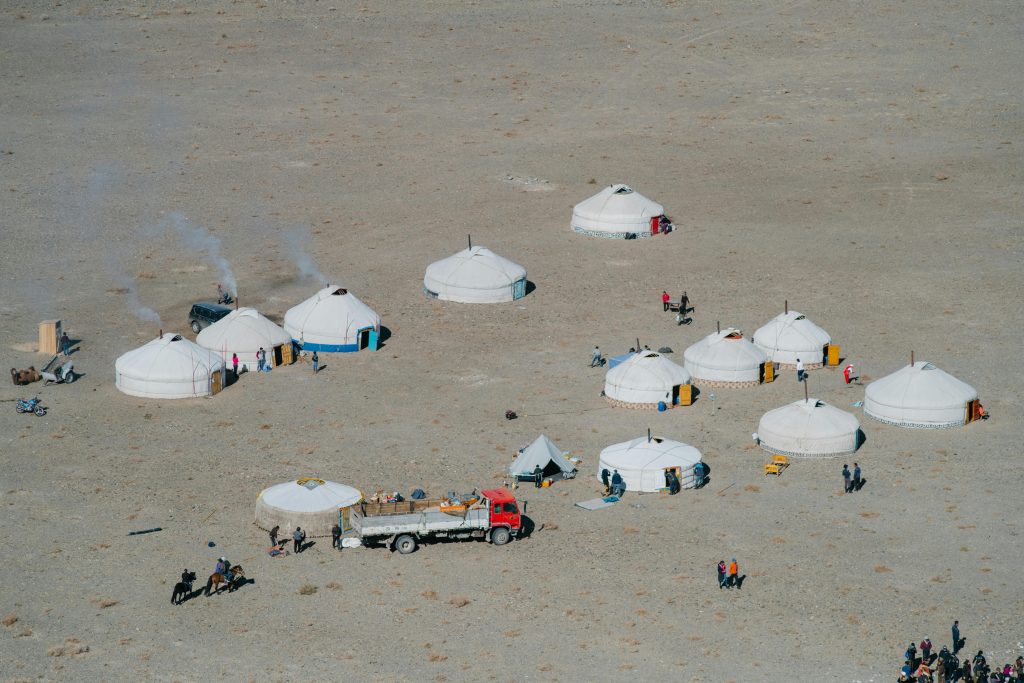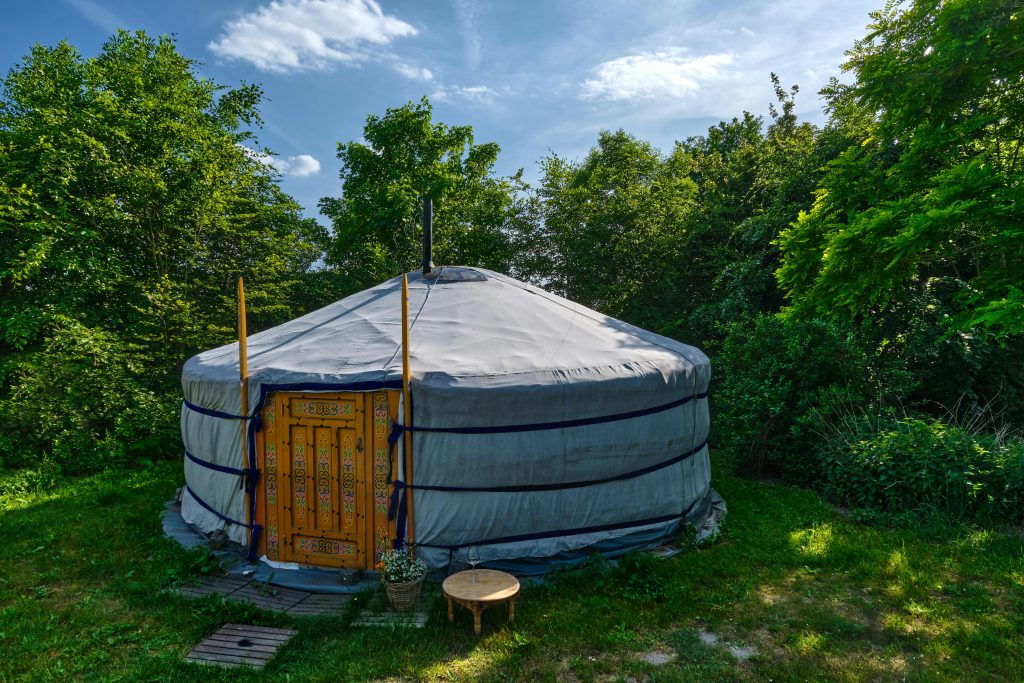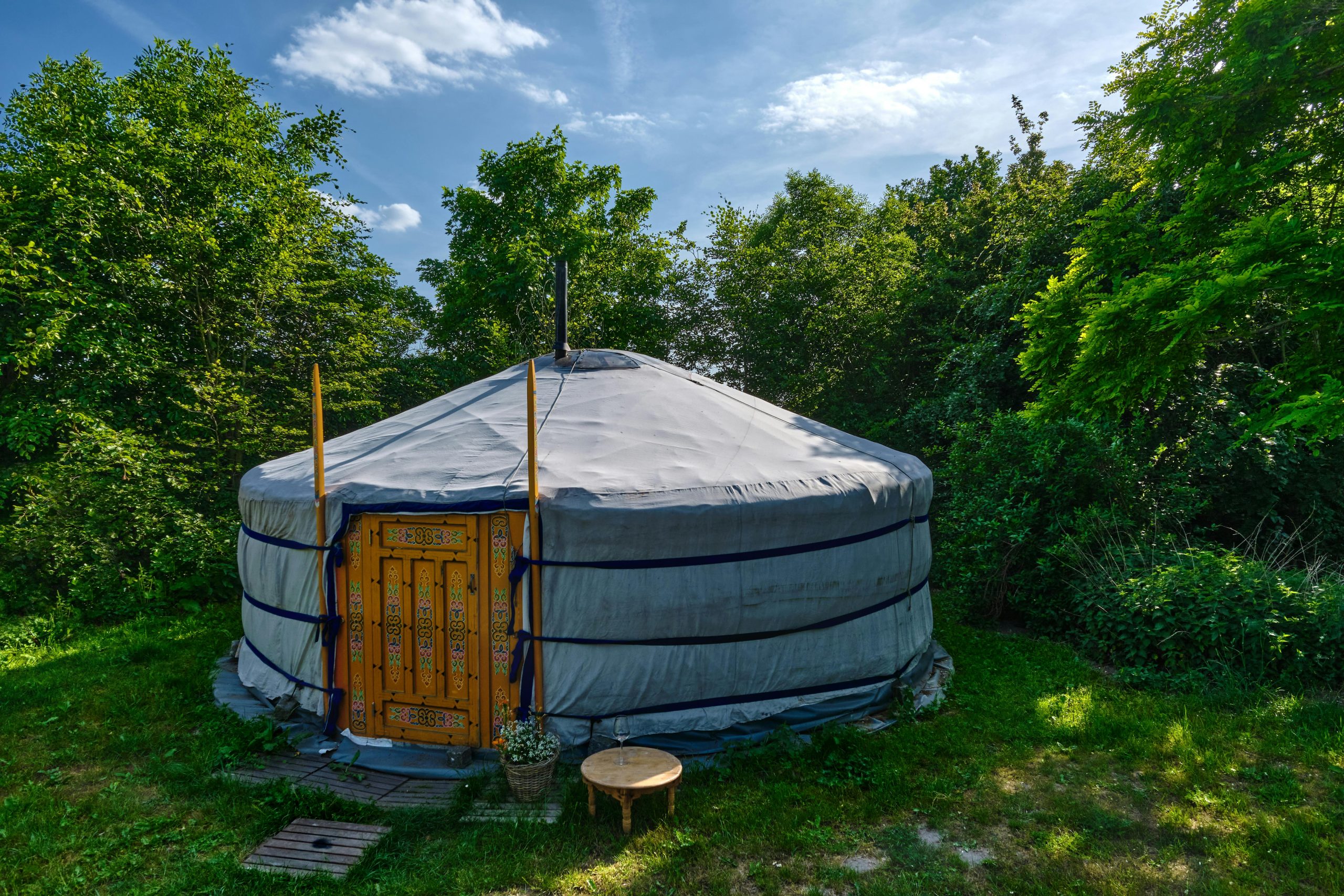Mongolia, with its vast steppes, rugged mountains, and nomadic traditions, offers a travel experience unlike any other. One of the most unique and authentic ways to immerse yourself in Mongolian culture is by staying in a ger. These traditional round tents, known as yurts in other parts of Central Asia, have been used by Mongolian nomads for centuries. In this article, we will explore the experience of staying in a ger, from its historical significance to the modern comforts it offers.

The History and Significance of the Ger
The ger is more than just a dwelling; it is a symbol of Mongolian heritage and resilience. Its design dates back over a thousand years and is perfectly adapted to the nomadic lifestyle. The portability of the ger allows nomadic families to move seasonally in search of fresh pastures for their livestock. Its circular shape and felt insulation provide warmth in the harsh winters and coolness in the summer heat, making it an ideal home in Mongolia’s extreme climate.
Structure and Design
A ger consists of a wooden frame covered with layers of felt made from sheep’s wool, topped with a canvas outer layer for weatherproofing. The frame is composed of lattice walls (khana), roof poles (uni), and a central support column (bagana). The door traditionally faces south, maximizing sunlight during the day. The interior of the ger is divided into specific areas for cooking, sleeping, and socializing, reflecting the importance of family and community in Mongolian culture.

What to Expect When Staying in a Ger
Arrival and Hospitality
Mongolian hospitality is legendary, and your stay in a ger will likely begin with a warm welcome from your host family. You might be offered traditional snacks like dried curds (aaruul) and a bowl of milk tea (suutei tsai). This initial hospitality sets the tone for your stay, emphasizing the importance of community and generosity in Mongolian culture.
Comfort and Amenities
While gers are traditional structures, many have been adapted to include modern comforts. Depending on where you stay, your ger may have electricity, heating, and even Wi-Fi. Bedding typically consists of thick blankets and sleeping bags to keep you warm during the chilly nights. Some gers have wood stoves, which are not only used for cooking but also provide essential warmth.
Daily Life in a Ger
Living in a ger offers a unique glimpse into the daily life of Mongolian nomads. You may participate in activities such as milking cows, herding sheep, and making traditional dairy products. These activities provide a hands-on understanding of the nomadic lifestyle and the skills required to sustain it.
Meals and Cuisine
Meals in a ger are a highlight of the experience. Traditional Mongolian cuisine is hearty and includes dishes like buuz (steamed dumplings), khuushuur (fried meat pies), and khorkhog (mutton cooked with hot stones). Meals are typically communal, reinforcing the sense of family and community. You might also try airag, a traditional fermented mare’s milk, which is a staple of the Mongolian diet.
Evening Activities
As the sun sets, the ger becomes a cozy haven. Evenings are often spent sharing stories, playing traditional games, or listening to music. If you’re lucky, your hosts might perform traditional Mongolian throat singing or play the morin khuur, a horsehead fiddle that produces hauntingly beautiful music.
The Cultural Significance of Staying in a Ger
Staying in a ger is more than just an accommodation choice; it is a cultural immersion. It offers a rare opportunity to live as the Mongolian nomads do, even if just for a short time. This experience provides insight into the values of self-sufficiency, resilience, and deep connection to nature that characterize nomadic life.
Tips for a Memorable Ger Stay
- Respect Traditions: Always follow your host’s lead when it comes to customs and etiquette. For example, never step on the threshold of the ger when entering or leaving.
- Dress Warmly: Even in summer, nights can be cold. Bring layers of clothing to stay comfortable.
- Be Open-Minded: Embrace the differences and be willing to participate in daily activities. This will enrich your experience and show respect for your hosts.
- Learn Basic Phrases: Knowing a few words in Mongolian can go a long way in connecting with your hosts. Simple greetings and thank yous are always appreciated.
Staying in a ger is a transformative experience that offers a deep dive into the heart of Mongolian culture. It is an opportunity to disconnect from the fast-paced modern world and reconnect with nature and simpler ways of life. Whether you are exploring the vast steppes, participating in daily chores, or sharing a meal with your host family, the time spent in a ger will leave you with lasting memories and a profound appreciation for Mongolia’s nomadic traditions.
